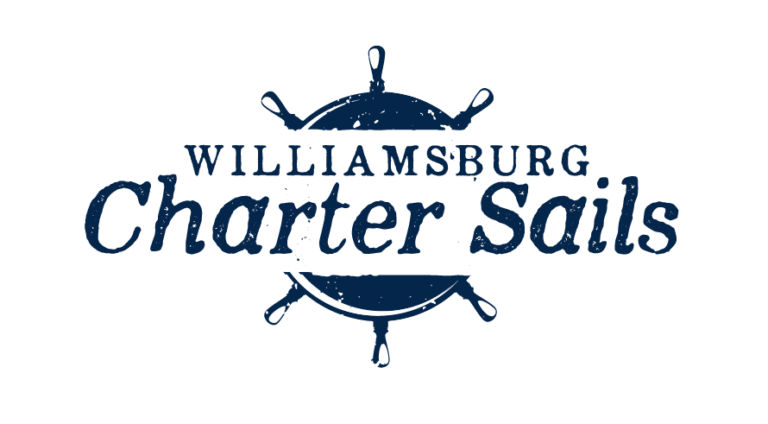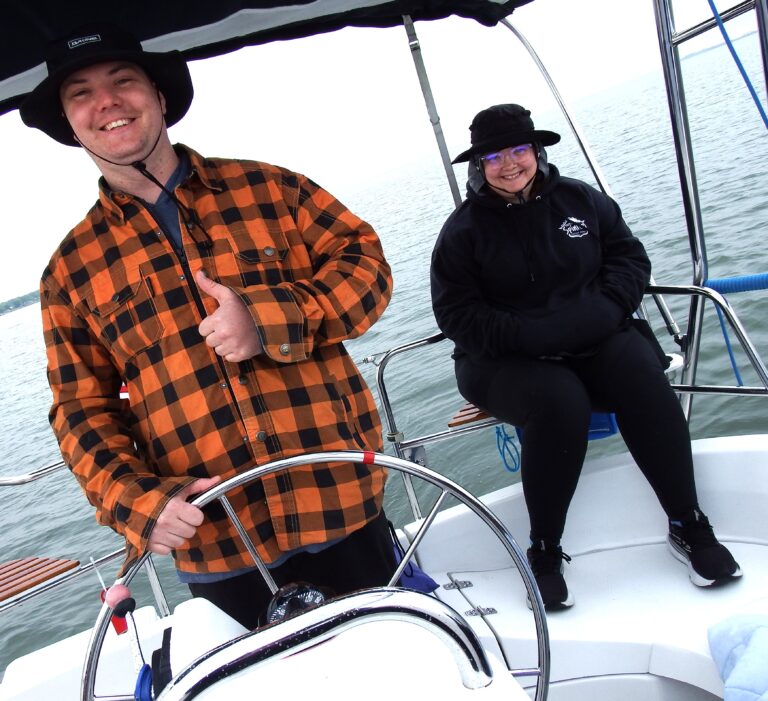He was one of the few American generals to miss Yorktown. As a Quaker, he was an “unlikely warrior” according to Terry Golway in “Washington’s General: Nathanael Greene and the Triumph of the American Revolution.” Greene took command at the low point of the Southern Army in 1780, replacing Horatio Gates. Greene engaged the British Army across the Carolinas. Three losses at Guilford Courthouse, Hobkirk’s Hill and Eutaw Springs were Pyrrhic victories for the British Army. They set the stage for the surrender at Yorktown in 1781. This excerpt is provided by the Museum of the American Revolution at Philadelphia and is condensed slightly.
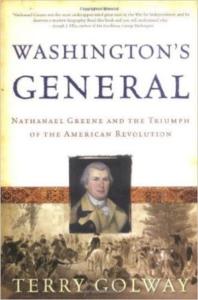 “The war in the South would be like nothing Nathanael Greene experienced in the North, where the campaign season traditionally came to a close as the days shortened and temperatures fell. In the South there would be no winter respite from the ambitions of Lord Cornwallis and his 8,000 troops. He would have to be prepared to fight through the winter with the beaten, ill-equipped remnant of an army.”
“The war in the South would be like nothing Nathanael Greene experienced in the North, where the campaign season traditionally came to a close as the days shortened and temperatures fell. In the South there would be no winter respite from the ambitions of Lord Cornwallis and his 8,000 troops. He would have to be prepared to fight through the winter with the beaten, ill-equipped remnant of an army.”
Improvise as you go
“Very few of the rules Greene had learned on the battlefields of New Jersey and Pennsylvania would apply to his new command. The southern war would emphasize improvisation and mobility. Traditional set-piece battles had led to the American disasters in Savannah, Charleston and Camden. Greene was formulating an unconventional campaign employing guerrilla tactics of hit and run, never risking the all-or-nothing battle that might end the war. He had learned under Washington the importance of keeping soldiers in the field. That way his army of rebels might win by losing, by slowly and methodically draining the enemy until he tired of bloody sacrifice. Washington recognized the genius of the plan. ‘I approve of your plan for forming a flying army,’ he wrote Greene.”
“Supplying such a force presented another set of problems. Greene’s supply line, when it functioned at all, stretched hundreds of miles to Virginia and farther north. When Greene asked for additional arms and perhaps a detachment of French soldiers based in Newport, a pained Washington explained that such help would not be coming.”
“Strategically the South was unlike the North. There was no single vital river such as the Hudson to defend at all costs. Instead there were dozens of smaller rivers, streams and tributaries, not to mention disease-infested lowland swamps and rugged back-country mountains to consider when moving the army and supplies.”
No functioning governments
“Britain’s southern strategy not only had broken two Continental armies but had demolished civil authority in Georgia and South Carolina. While Greene certainly did not enjoy his dealings with politicians in the North, at least states like New Jersey and Pennsylvania had functioning legislatures that could assist the army with supplies and recruits. But that was no longer true in the lower South. South Carolina’s governor, John Rutledge, had fled with Gates’s army into North Carolina after the rout at Camden.
“Both South Carolina and Georgia were virtually restored to British rule, resisted only by bands of partisan guerrillas under the command of men like Francis Marion, Andrew Pickens and Thomas Sumter. In the North, Greene developed a healthy distrust of militiamen. But in the South, these mobile, effective, and often ruthless citizen soldiers were the bulwark of the faltering American cause. They were all that was left after the reckless Gates destroyed the main southern army at Camden.”
“It is impossible to exaggerate the gravity of Nathanael Greene’s position in the fall of 1780. His new command promised to be a military, political and logistical nightmare. After the devastating American defeats in Charleston and Camden, an American victory still seemed as implausible as it did during the winters at Valley Forge and Morristown. He made his way south from state to state, begging for supplies, for money and support beyond encouraging words. Yet Nathanael Greene seemed to be riding toward oblivion, with death and destruction his only companions.”
Let’s go sail
Check rates and pick a day for a sailboat charter. See reviews on Trip Advisor from sailors like you.
